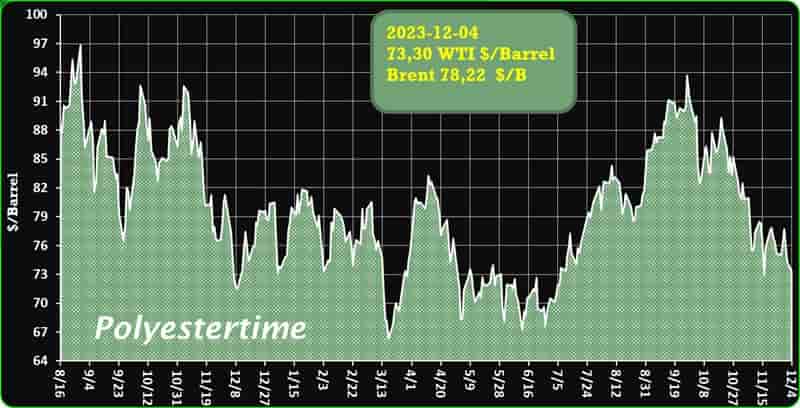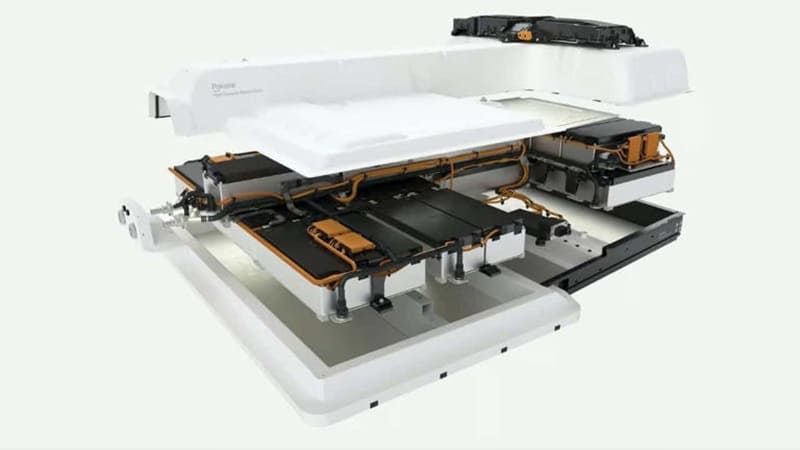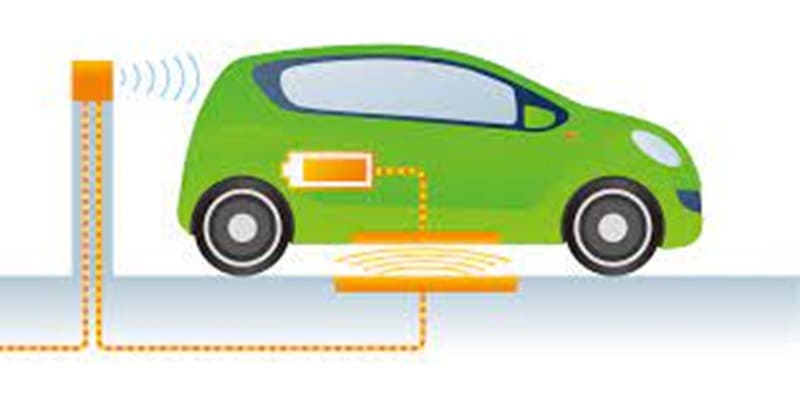BASF SE, the German chemical giant, has achieved a major breakthrough with the formal approval of $136.2 million state grant dedicated to the establishment of a green hydrogen plant at its Ludwigshafen headquarters, said Chemanalyst.
This financial endorsement signals a critical advancement for the Hy4Chem-EI project, a collaborative endeavor between BASF and Siemens Energy, propelling it into the eagerly anticipated construction phase.
The funding for this pioneering project will be sourced from the German Federal Ministry for Economic Affairs and Climate Action. Green Hydrogen
The Hy4Chem-EI initiative is designed to introduce a cutting-edge 54-megawatt proton exchange membrane electrolyser, with the capacity to produce a substantial 8,000 metric tons of hydrogen annually.
The electricity essential for hydrogen generation will be derived exclusively from renewable energy sources, aligning the project with a sustainable and environmentally conscious approach.
The primary strategic objective for the hydrogen produced at the Ludwigshafen facility is to serve as a fundamental raw material for the decarbonization of BASF’s chemical production processes. Green Hydrogen
Additionally, a portion of the hydrogen output will be earmarked for deployment in transportation applications within the Rhine-Neckar Metropolitan Region.
Anticipated to be among the largest of its kind in Germany upon activation, the Ludwigshafen electrolyser is expected to make significant contributions to the nation’s green hydrogen landscape.
The commissioning of this innovative facility is currently scheduled for the year 2025, marking a pivotal milestone in the transition towards sustainable and eco-friendly energy solutions.
This recent funding approval represents a crucial milestone for the Hy4Chem-EI project, occurring approximately one year after the European Commission (EC) granted Germany the necessary approval to allocate a substantial grant to support this groundbreaking initiative. Green Hydrogen
The collaborative efforts of BASF and Siemens Energy in the Hy4Chem-EI project underscore their commitment to pioneering advancements in the realm of green hydrogen technology.
As the global community intensifies efforts to combat climate change and transition towards more sustainable energy solutions, projects such as Hy4Chem-EI take center stage in contributing to a cleaner and greener future.
The support garnered from governmental bodies further underscores the recognition of the project’s significance in advancing the green hydrogen agenda. Green Hydrogen
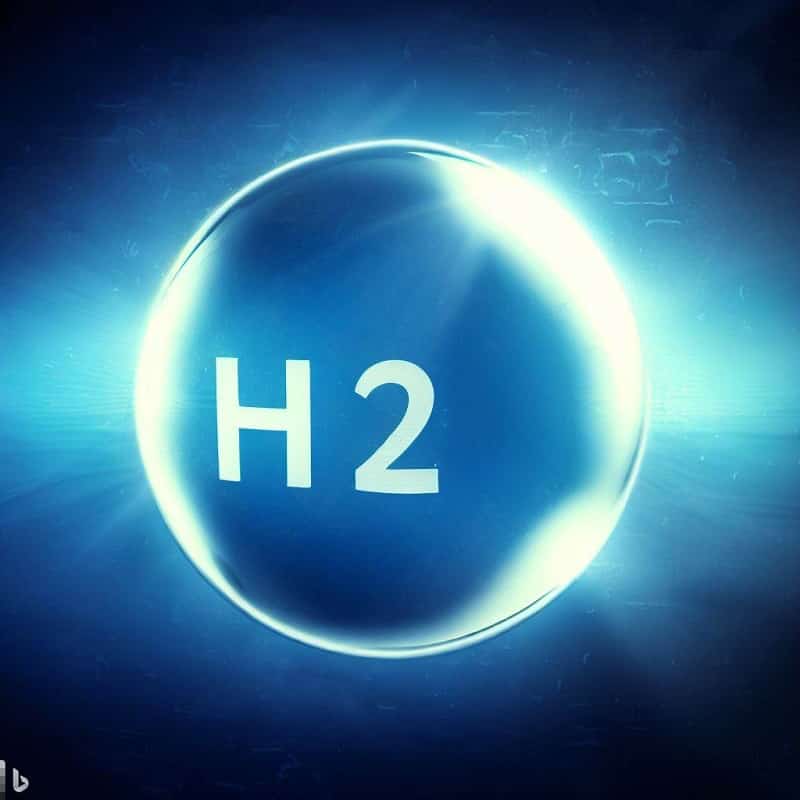
Toppan breaks ground on new plant in Czech Republic
Bolstering barrier film supply capabilities in Europe to meet rising global demand for eco-friendly packaging
Toppan Packaging Czech, a Toppan Group company, has held a groundbreaking ceremony to launch construction of a new plant in Most in the Ústí nad Labem region of the Czech Republic. The new plant will manufacture GL Barrier transparent barrier film developed and manufactured by the Toppan Group for eco-friendly packaging, a focus of increasing demand around the world. Green Hydrogen
Distinguished guests at the groundbreaking ceremony included His Excellency Hideo Suzuki, ambassador of Japan to the Czech Republic, Czech senator Jan Paparega, and Jan Schiller, governor of the Ústí region. Attendees joined Toppan’s managing executive officer Masahiko Tatewaki and deputy head of global packaging Hiroshi Suzuki in praying for the safe construction of the plant, which is scheduled to launch operations at the end of 2024 as a strategic base catering to increasing needs for sustainable products in the European market.
Masahiko Tatewaki said: ‘I would like to express my great appreciation to everyone who has supported our plan for Toppan’s very first Czech site in the city of Most. Establishing a European base for our GL Barrier business has been a long-standing wish. More than 15 years ago, demand for transparent barrier packaging materials increased from Europe, and our efforts to establish overseas bases began at that time. Our barrier film is not only a sustainable and recyclable product but also uses the most advanced technology in the world. Green Hydrogen
‘We are very proud and excited to support our customers and consumers by providing products from Most to the European market. I believe that by being able to come to the Czech Republic, we will be able to make an even bigger leap forward in this business.
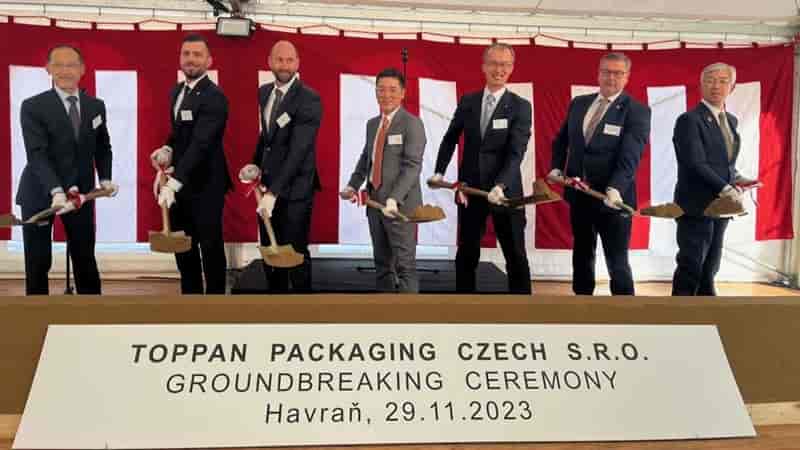
Scientists develop revolutionary process to tackle plastic pollution
Chemists at Northwestern University have developed a new catalyst that “quickly, cleanly and completely” breaks down plastic.


